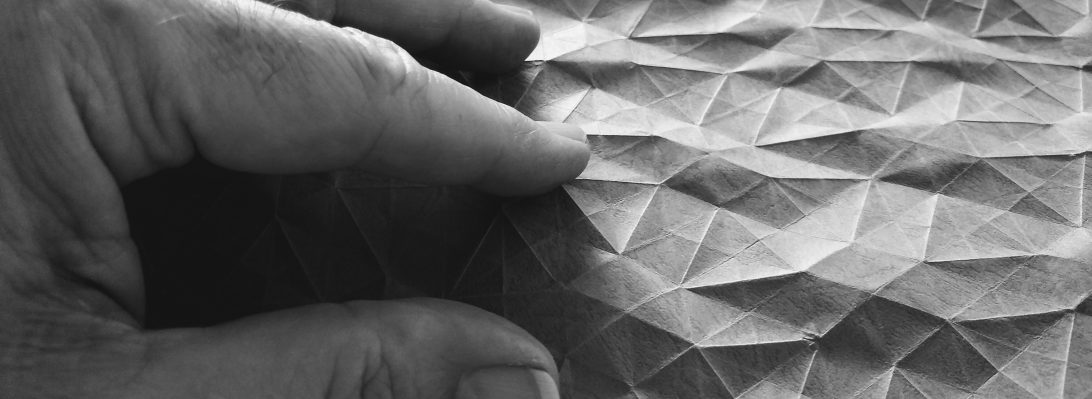Looking for something to de-stress and unwind to after a brutal term, I turned to “The Works of Satoshi Kamiya II”, and a model that I was astonished to find I had never tried – his hermit crab:

Starting with a 70cm square of natural/white Kraft paper, the fold was challenging as you allocate one side of the sheet to the crab, the other to the shell. Via a fabulous fold sequence, you tease legs, claws, antennae, eyes and mouthparts while delicately colour-changing the rear and then spiralling a shell as his home.

This is, (der), genius design – I always am amazed with Kamiya designs, and the elegance of the developmental sequence – as if the journey is every bit as delightful as the destination.
Continue reading



























